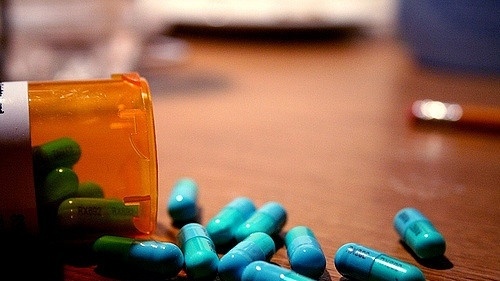 Substance Use Disorder can affect anyone regardless of age, ethnicity, gender, economic circumstance or occupation. Substance Use Disorder in Nursing is one of the most serious problems facing the profession today.
Substance Use Disorder can affect anyone regardless of age, ethnicity, gender, economic circumstance or occupation. Substance Use Disorder in Nursing is one of the most serious problems facing the profession today.
This disorder is more common in Nursing than many believe. The American Nurses Association (ANA) estimates that 6% to 8% of Nurses have a drug or alcohol problem that impairs their practice.
Nurses are often handling powerful painkillers and other prescription drugs. This accessibility increases the temptation to use. In fact, a study showed that Nurses who handle drugs are more likely to have an addiction than Nurses who do not.
Any healthcare facility will tell you that when they have great Nurses, they want to hold onto them. Most state Nursing boards understand that addiction is a disease and Nurses should have the opportunity to pursue recovery without worrying about losing their job.
Non-disciplinary programs are now used by a growing number of state Nursing boards. These programs provide rapid involvement in a rehabilitation or treatment program and remove him/her from providing care until safety to practice can be established and confirmed.
It is not easy for anyone with a substance abuse disorder to ask for help, and that can be especially true for Nurses. However, recognizing that there is a problem and asking for help are the two steps that can truly turn things around. If you or someone you know is struggling with SUD please use the resources below.
RESOURCES
For Nurses with SUD
The National Council of State Boards of Nursing (NCSBN) offers an Alternative to Discipline Programs for Substance Use Disorder directory here for Nurses to locate alternative to discipline programs for SUD in their state if available.
For Nurses Concerned for a Colleague
This NCSBN online brochure, What You Need to Know About Substance Use Disorder in Nursing, informs nurses of their ethical and professional responsibilities about reporting suspected or know SUD in colleagues.
For Employers
See Chapter 6 of NCSBN’s SUBSTANCE USE DISORDER IN NURSING: A Resource Manual and Guidelines for Alternative and Disciplinary Monitoring Programs offers a comprehensive examination of SUD in the healthcare workplace, particularly for Nurse managers.
For Nursing Students
Although not specifically for Nursing students, the NIH’s National Institute of Drug Abuse College-Age & Young Adults’ webpages, contain resources for how and where to get assistance for substance abuse, as well as drug facts, infographics, and more. Currently, there is very little updated guidance for Nursing students with substance use disorder. Nursing students may want to consult their health care provider, college health center, or employee assistance program.



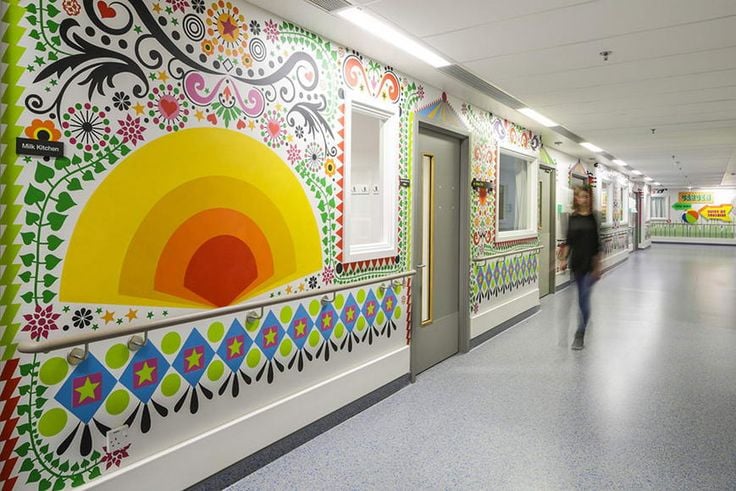 According to Penn State College of Medicine
According to Penn State College of Medicine 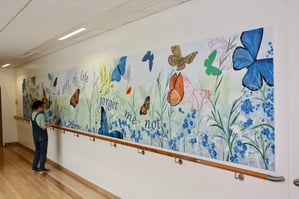 According to
According to 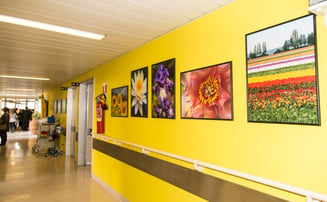
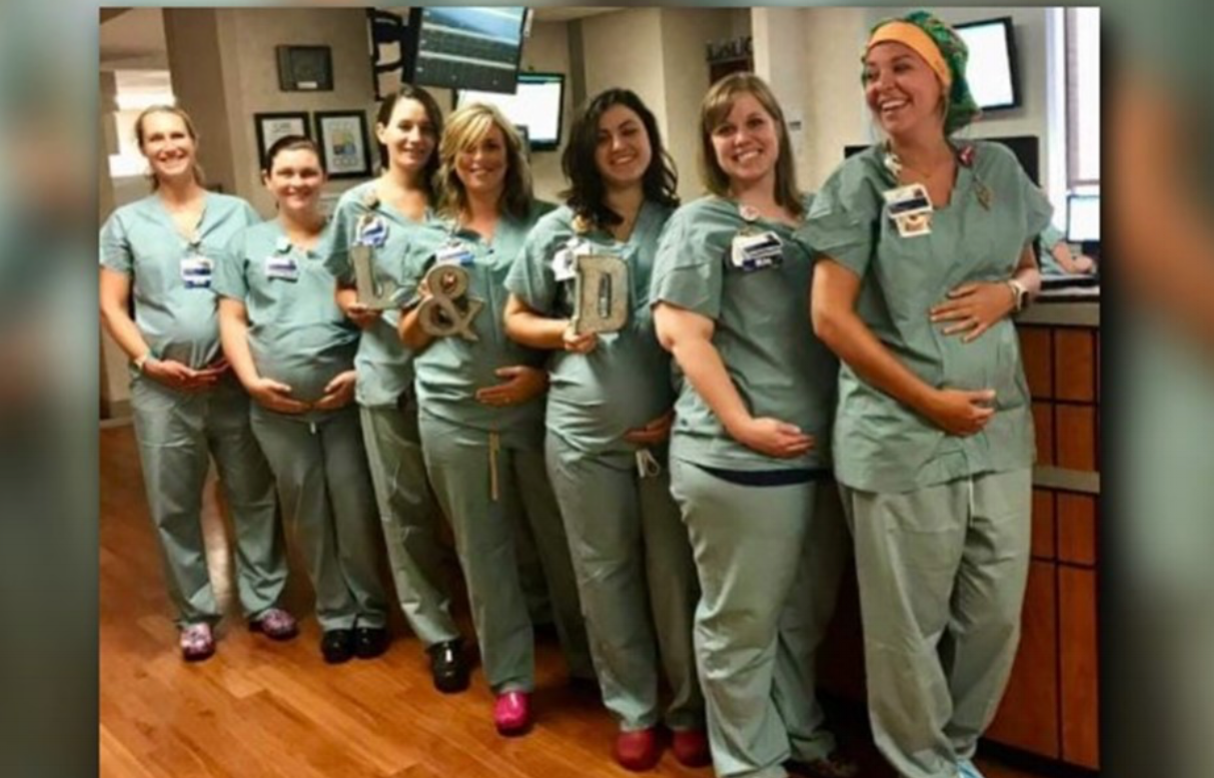 Party of 7
Party of 7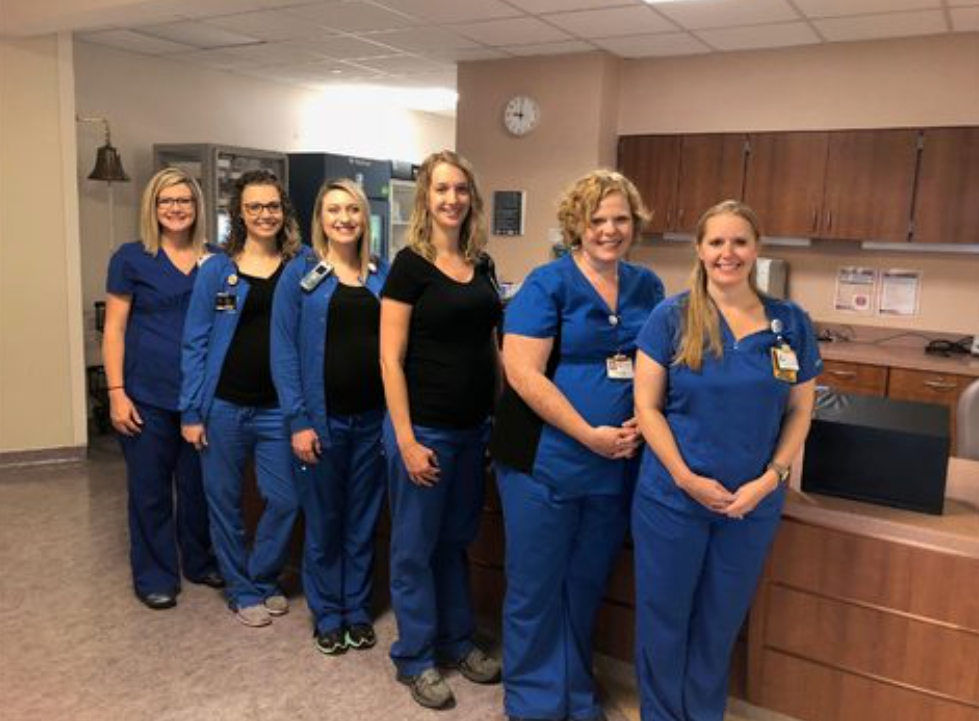 "The 6-pack"
"The 6-pack"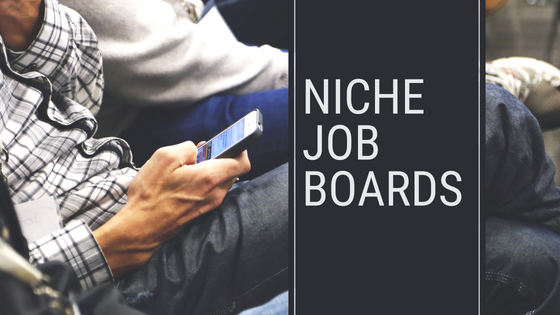
 The United States has a massive Nursing shortage, and the problem is only going to grow. Due to an influx of patients into our health system, the retirement of baby boomers, and educational obstacles, Nursing positions aren’t being filled fast enough to keep up with demand.
The United States has a massive Nursing shortage, and the problem is only going to grow. Due to an influx of patients into our health system, the retirement of baby boomers, and educational obstacles, Nursing positions aren’t being filled fast enough to keep up with demand.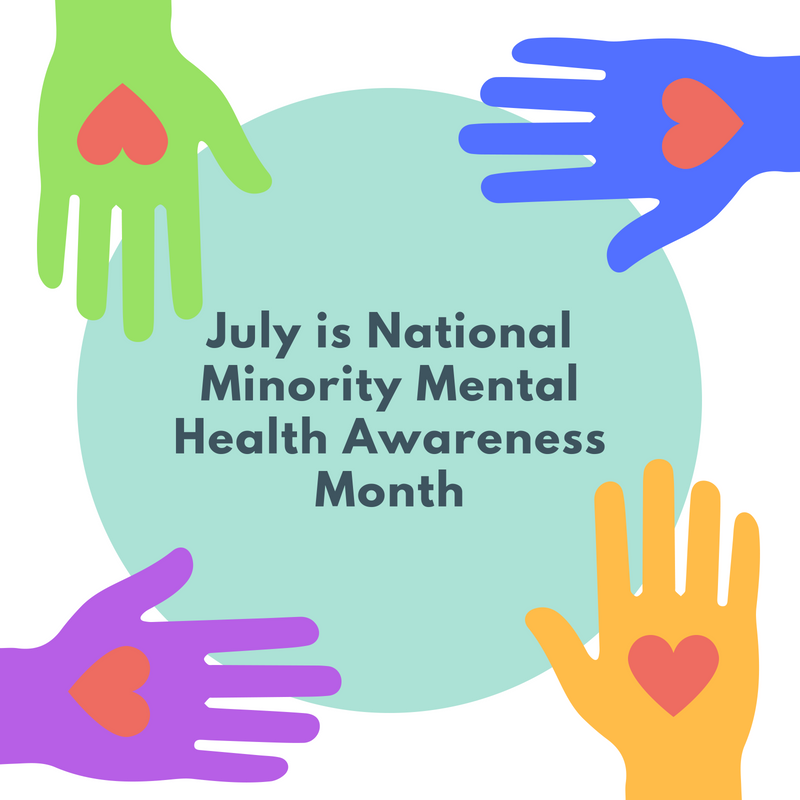 Mental health conditions do not discriminate based on race, color, gender or identity. Anyone can experience the challenges of mental illness regardless of their background. However, background and identity can make access to mental health treatment much more difficult.
Mental health conditions do not discriminate based on race, color, gender or identity. Anyone can experience the challenges of mental illness regardless of their background. However, background and identity can make access to mental health treatment much more difficult.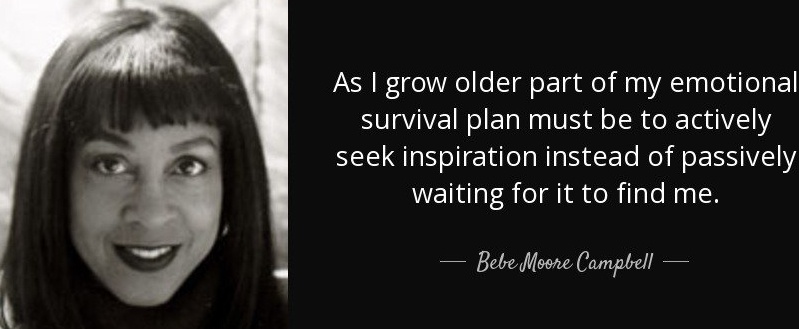
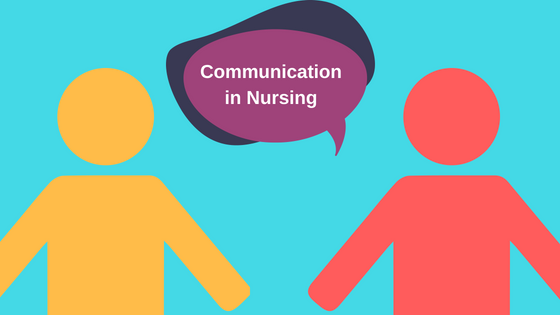 Communication in Nursing is essential to patient safety, health and well-being. As Nurses assume more complex roles and care for older and more culturally diverse populations, strong communication skills are critical.
Communication in Nursing is essential to patient safety, health and well-being. As Nurses assume more complex roles and care for older and more culturally diverse populations, strong communication skills are critical. In recent news, the deaths of Kate Spade and Anthony Bourdain have brought the issue of suicide into the spotlight. Suicide is the tenth leading cause of death in the United States, and one of three that is increasing. The other two are Alzheimer’s disease and drug overdose, in part because of the spike in opioid deaths, said
In recent news, the deaths of Kate Spade and Anthony Bourdain have brought the issue of suicide into the spotlight. Suicide is the tenth leading cause of death in the United States, and one of three that is increasing. The other two are Alzheimer’s disease and drug overdose, in part because of the spike in opioid deaths, said 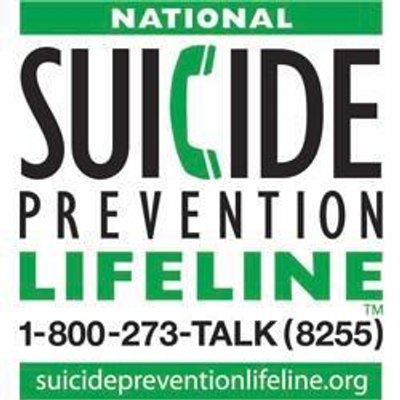
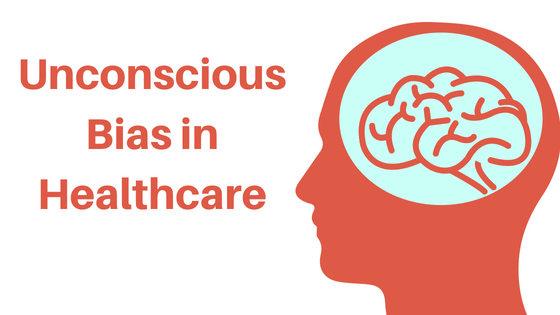 The Nursing profession has long emphasized its commitment to social justice and health equity. Nurses are known for advocating policies and regulations that are inclusive and lead to positive patient outcomes. However, an essential component of promoting health equity is acknowledging individual unconscious biases and understanding how they may impact the care that's provided.
The Nursing profession has long emphasized its commitment to social justice and health equity. Nurses are known for advocating policies and regulations that are inclusive and lead to positive patient outcomes. However, an essential component of promoting health equity is acknowledging individual unconscious biases and understanding how they may impact the care that's provided.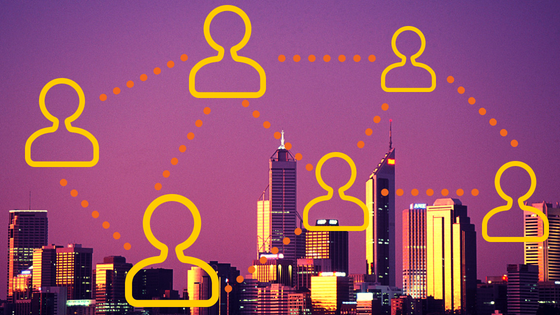 If the idea of chatting up a complete stranger in hopes of landing your next job gives you sweaty palms, dry mouth, and the jitters, you are not alone. Networking is difficult, even for the most sociable types of people. Think of networking events as a low-pressure way to make new connections and stay engaged in your industry.
If the idea of chatting up a complete stranger in hopes of landing your next job gives you sweaty palms, dry mouth, and the jitters, you are not alone. Networking is difficult, even for the most sociable types of people. Think of networking events as a low-pressure way to make new connections and stay engaged in your industry.